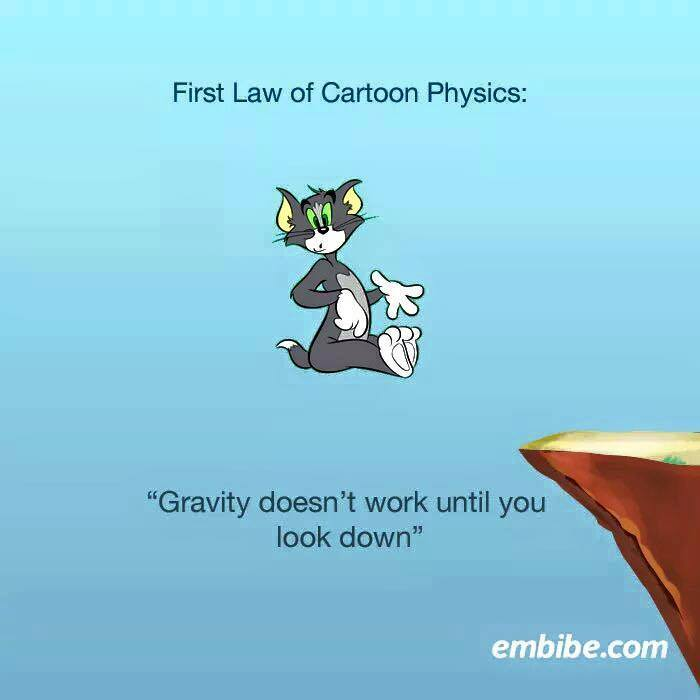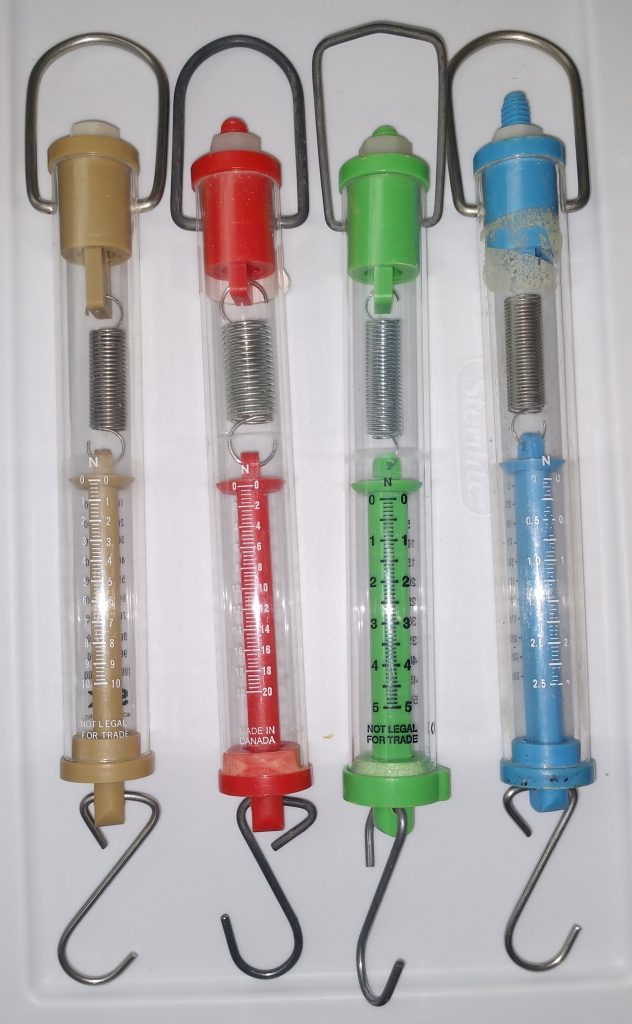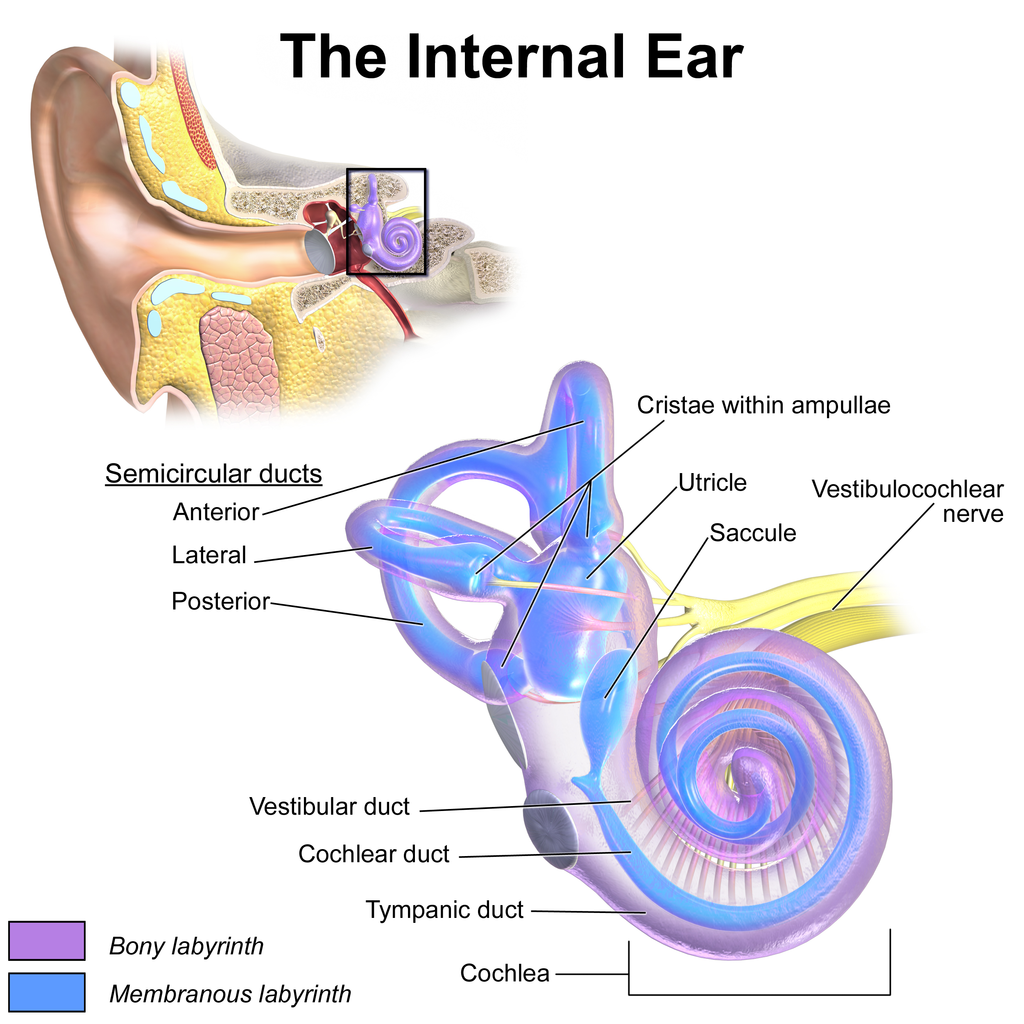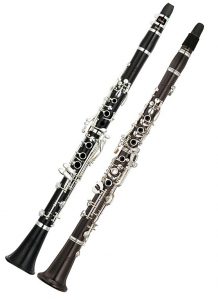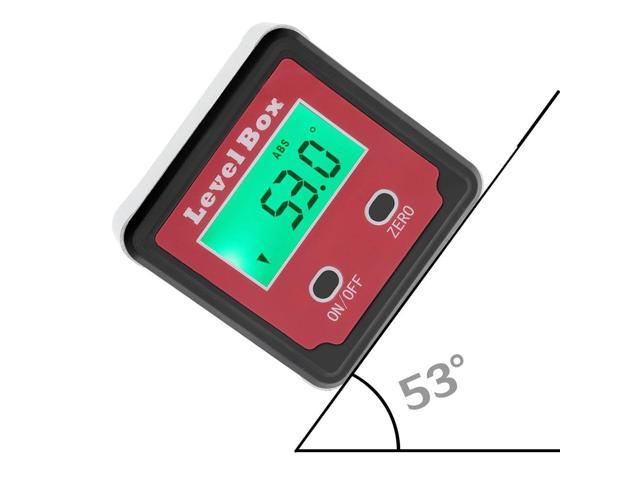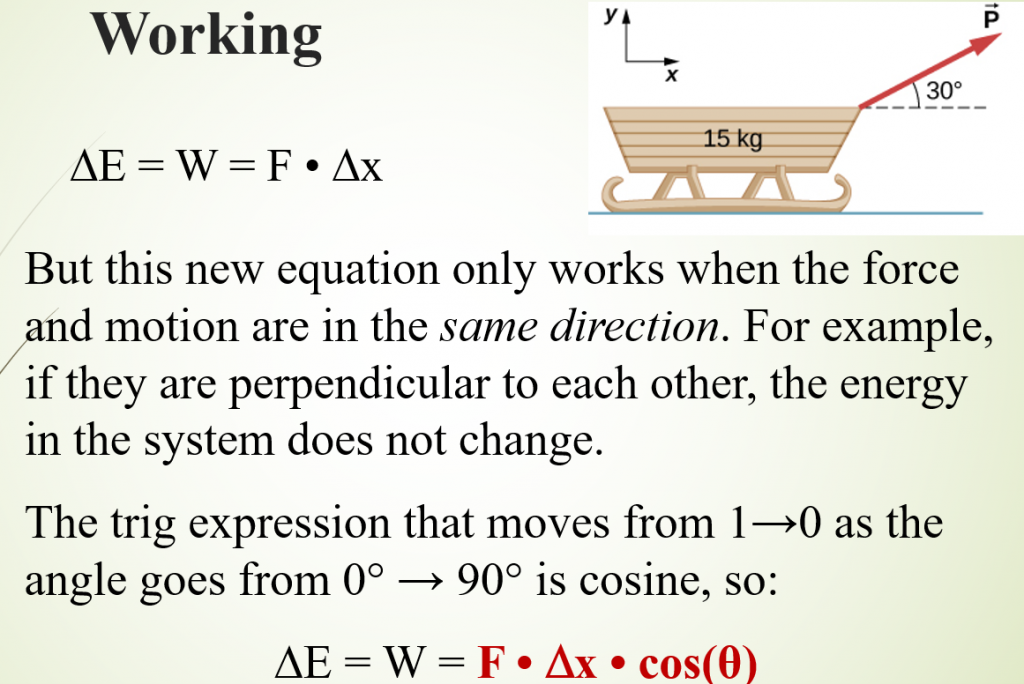Acid and the ocean
The average pH of the ocean is 8.1, which means it is on the base side of the pH scale (remember, less than 7 is acidic, greater than 7 is basic). When scientists talk about ocean acidification, they are actually talking about ocean ‘de-basicifiction’—but that doesn’t sound as good 🙂
Ocean acidification
An unusual type of acid is carbon dioxide (CO2). It’s unusual because most acids have a hydrogen atom/ion on them somewhere that can dissociate when the acid is mixed with water. Here’s the process that carbon dioxide undergoes when mixed with water:
How carbonic acid effects shells in the ocean
Watch the following video. It is part a review of acid/bases and pH, and part an introduction to oceans turning a bit more acidic.
Reading & questions
Questions
- What is pH and how is it measured?
- How is ocean acidification related to a global increase in temperature?
- What is the Kyoto Protocol?
- What chemical reaction happens when CO2 and seawater (H2O) mix?
- Explain how shelled organisms are negatively impacted by ocean acidification.
- What are a few ways you can help reduce global ocean acidification?
Submit photo of answers
Submit a photo of your answers here. If you use more than one page, it’s OK to only submit the first page.
Further reading/viewing
If you’d like more information on this topic, here are some resources:
- NOAA Education
- Oyster farmers and ocean acidification (4 min video)
- ACID TEST: The Global Challenge of Ocean Acidification (22 min video)



